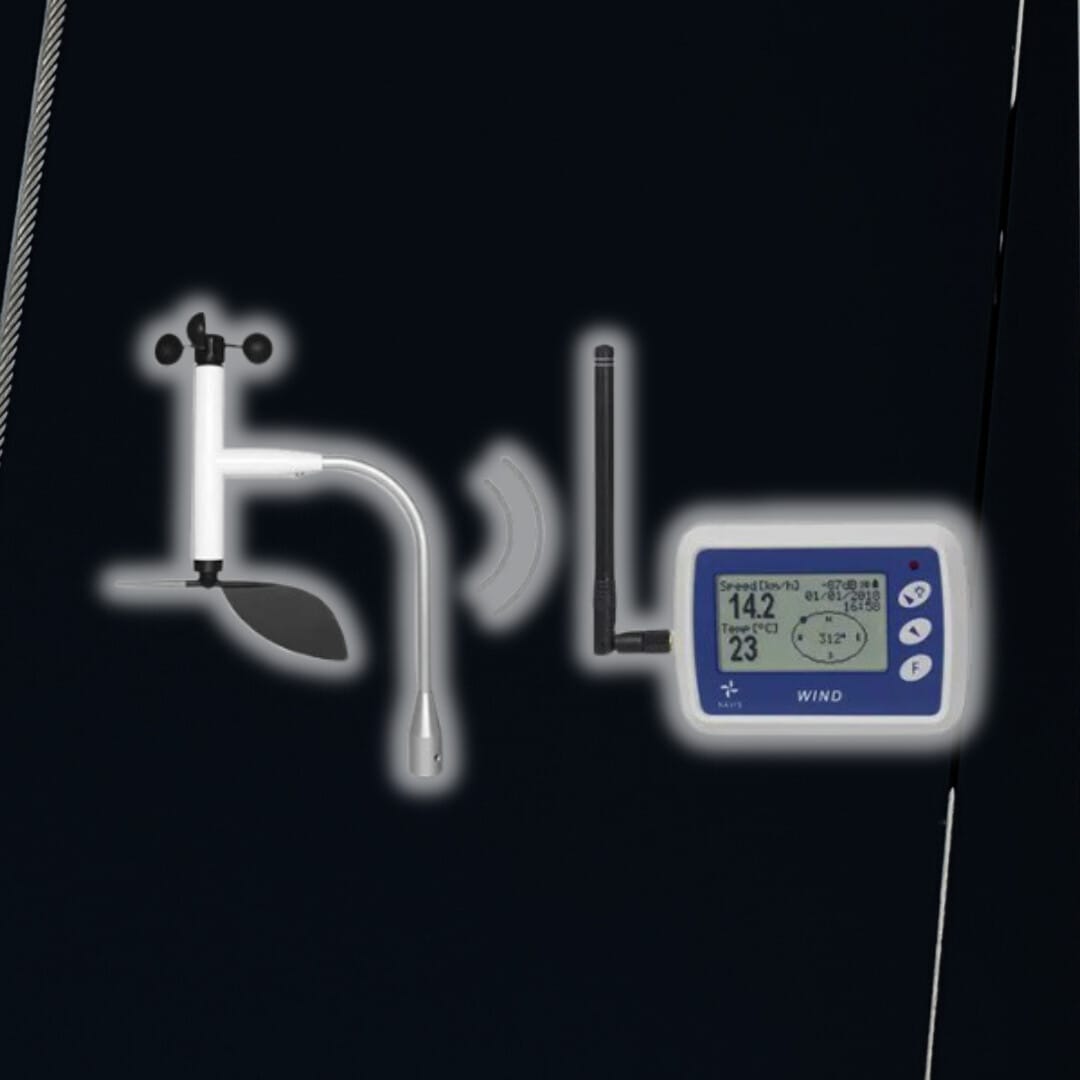SM and the Cloud – Revolutionising the Construction Industry
GSM (Global System for Mobile Communications) is the standard developed by the European Telecommunications Standards Institute (ETSI) to describe the protocols for second generation (2G) digital cellular networks that are used by mobile phones. As of last year, GSM become the default global standard for mobile communications, operating in more than 220 countries and territories and taking a massive 90% of the market share.
The Benefits of GSM
- Because there is GSM service in more than 200 countries it’s easy to use a GSM phone in any of these – a GSM mobile phone will work with any other GSM service anywhere in the world.
- The authentication techniques incorporated into GSM make it the most secure mobile communication standard currently available.
- GSM operates over multiple frequencies and is more accessible for international roaming.
- GSM is SIM (subscriber identity module) specific, rather than handset specific, meaning that it can be used with any type of mobile handset.
- GSM offers a more reliable data transfer service as it sends information by General Packet Radio Service (GPRS) which ensures performance at speeds up to 500 km/h.
Cloud computing is also known as on-demand computing – it’s internet based and allows resources, data and information to be provided to computers, tablets and mobile phones on demand. This means that the information stored in the cloud is freely accessible anywhere in the world 24/7.
The Benefits of Cloud Technology
- Cloud technology enables information to be accessed and shared anytime, from anywhere in the world allowing users to collaborate easily, make updates in real time and share information using any sort of internet connected device they like. This can reduce costs and increase productivity for businesses in all sectors.
- Cloud computing provides a secure way of storing information that is secure at all times. The breakdown or loss of a phone or laptop does not mean that the information is lost as it’s all stored in the cloud and can be instantly and easily accessed via a replacement device.
- Cloud computing means that there’s no need for office based servers and software updates are automatically rolled out at regular intervals so there’s no need for maintenance – your apps will work effectively at all times without any input from you.
These are two powerful technologies which when combined offer some of the most agile and reliable services available today. The construction industry is increasingly looking to cloud based solutions that deliver real time information across a range of devices. One of the areas that can benefit the most from this type of powerful technology is health and safety. Digital systems and solutions will deliver real time information on health and safety issues such as weather data and wind speed so that managers and supervisors can make informed decisions on whether or not to stop work due to safety issues. The fact that the data used to make these decisions is stored in the cloud means that the historical logs are accessible in the future across a range of devices for use in downtime disputes.
Digital technology is changing the construction industry and making it a safer sector to work in with up to date information and alert systems while historical data is providing contractors and site managers with the information they need to deal with downtime disputes.













